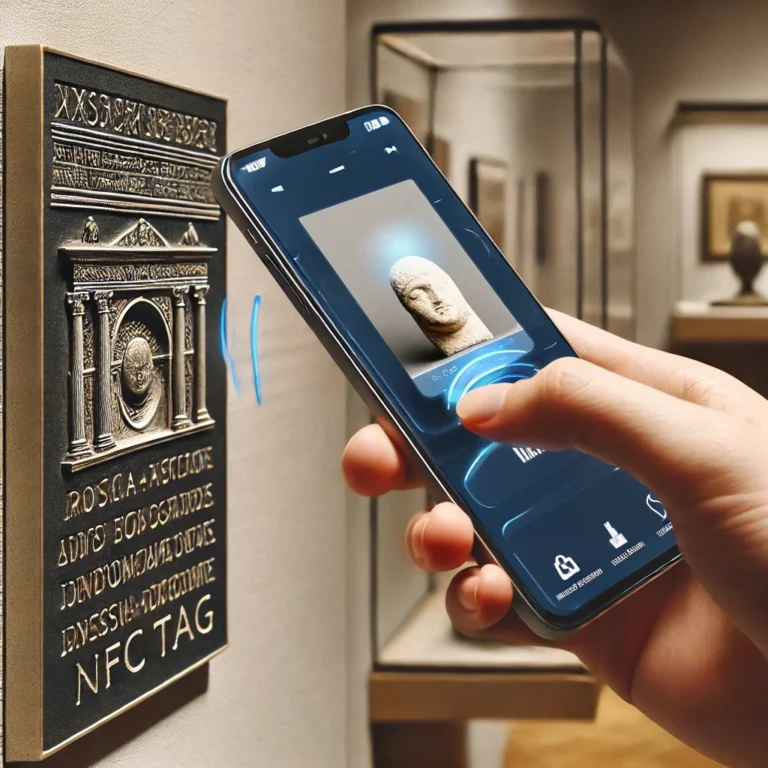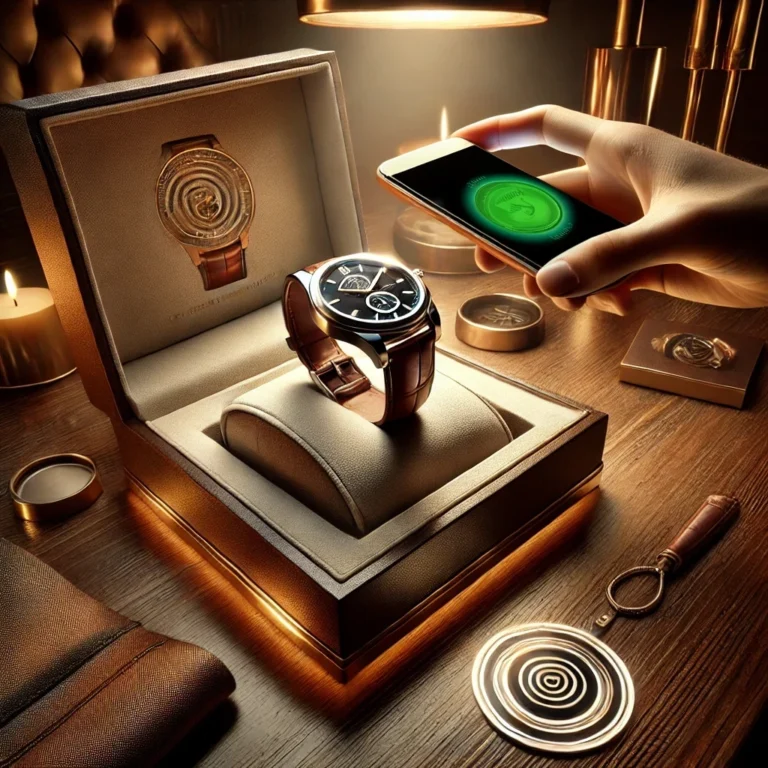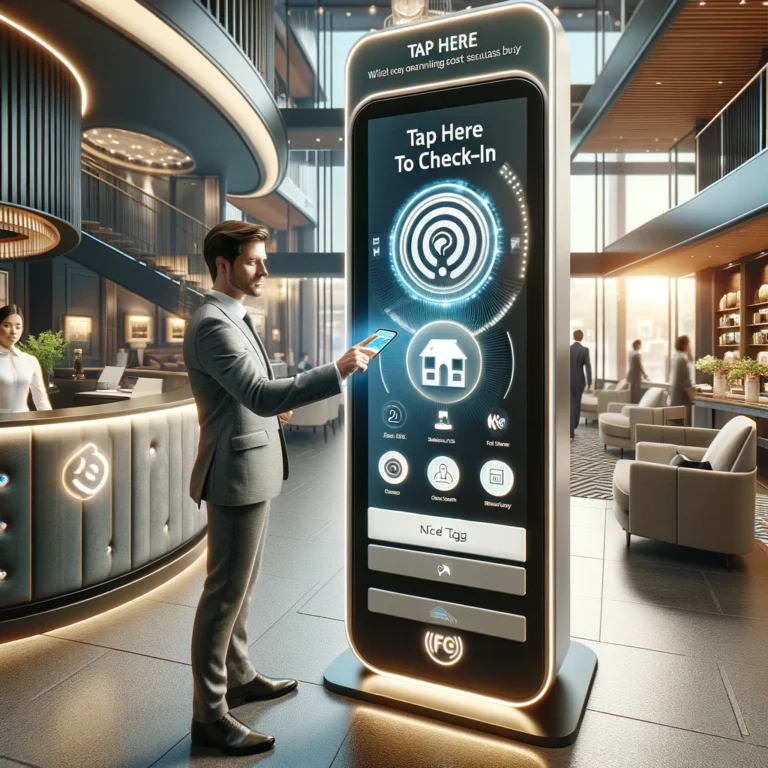2025: The Year NFC Goes Mainstream
In recent years, Near Field Communication (NFC) technology has been quietly revolutionizing the way we interact with the world around us. From contactless payments to smart packaging and connected devices, NFC has become a core component of many everyday experiences. But 2025 is poised to be the year when NFC truly goes mainstream. Here’s why this year is shaping up to be a turning point for adoption across industries.
1. Ubiquity of NFC-Enabled Devices
By 2025, NFC has become a standard feature in the majority of smartphones, wearables, and consumer electronics. Apple, Samsung, and Google have all doubled down on making NFC capabilities more secure, reliable, and accessible than ever before. This widespread hardware integration means that more people than ever can tap into the benefits of NFC without needing extra devices.
For consumers, NFC no longer feels like a “techy extra”—it’s simply a part of life. This universal compatibility is laying the foundation for NFC to become the default interaction method for payments, information sharing, and more.
2. The Contactless Era Is Here to Stay
If there’s one thing the COVID-19 pandemic made clear, it’s that people value contactless solutions for their speed, hygiene, and convenience. From tapping to pay at a grocery store to scanning QR codes for restaurant menus, consumers have grown accustomed to seamless, touch-free interactions.
NFC is the backbone of this touchless revolution. As businesses expand their contactless offerings in response to consumer demand, NFC is no longer a “nice-to-have”—it’s expected.
3. NFC Is Transforming Multiple Industries
One of the most exciting developments for NFC in 2025 is its increasing adoption across industries. While NFC has long been associated with payments, its potential reaches far beyond that:
Retail: NFC is powering smart packaging, enabling consumers to tap products to verify authenticity, access detailed product information, and even unlock personalized experiences.
Healthcare: NFC is being used for medicine authentication, secure patient monitoring, and fast access to medical records. It’s simplifying complex systems and improving patient care.
Transportation: NFC is becoming the universal standard for public transit payments. From London to Singapore, cities are adopting NFC to enable seamless, card-free travel.
This diversification of use cases is exposing more consumers and businesses to NFC’s potential, driving its adoption further.
4. Affordable NFC Solutions for Businesses
Historically, the cost of NFC hardware, such as tags and readers, was a barrier for smaller businesses. But in 2025, those barriers are gone. The prices for NFC tags have plummeted, and cloud-based NFC platforms make implementation easier and more affordable than ever.
This affordability is empowering businesses of all sizes to get creative. From local coffee shops launching NFC-enabled loyalty programs to startups using NFC for product tracking and engagement, the technology is no longer limited to large corporations.
5. NFC Supports Sustainability Goals
Sustainability is no longer optional—it’s a necessity. Businesses and consumers alike are looking for ways to reduce waste and adopt greener practices. NFC plays a critical role in this shift by eliminating the need for paper (think digital receipts, manuals, and even product packaging) and supporting the circular economy.
For example, NFC-enabled products can guide consumers on proper recycling methods or connect them to take-back programs. These small interactions are helping brands become more sustainable while improving the customer experience.
6. Improved Security and Consumer Trust
With greater adoption comes greater scrutiny, and NFC technology has risen to the challenge. Advances in encryption, tokenization, and secure element integration have made NFC interactions safer than ever. In 2025, tapping to pay or sharing information through NFC doesn’t just feel fast—it feels secure.
Regulators and businesses have also worked together to establish clear guidelines around data privacy, further boosting consumer confidence.
7. Big Players Are Leading the Way
Finally, 2025 marks a year of big moves from industry giants. Apple’s “Tap to Pay” feature allows iPhones to act as NFC point-of-sale systems, opening up contactless payments to countless small businesses. Google is continuing to integrate NFC into its smart home devices, making it easier for consumers to connect their digital and physical lives. Payment networks like Visa and Mastercard are launching NFC-enabled loyalty programs and transit solutions, ensuring NFC adoption is both widespread and practical.
When major players invest in making NFC an everyday tool, the rest of the market follows suit.
The Tipping Point Is Here
2025 isn’t just another year for NFC—it’s the year it becomes essential. Widespread device compatibility, consumer familiarity, cost-effective solutions, and a growing list of use cases have created the perfect environment for NFC to thrive. From retail to healthcare to public transit, NFC is redefining convenience, security, and interactivity across industries.
For businesses, the message is clear: NFC isn’t the future—it’s the present. Companies that embrace this technology now will gain a competitive edge, while those that hesitate risk being left behind.
So, the question isn’t whether NFC will go mainstream in 2025—it’s how your business will use it to lead the way.



